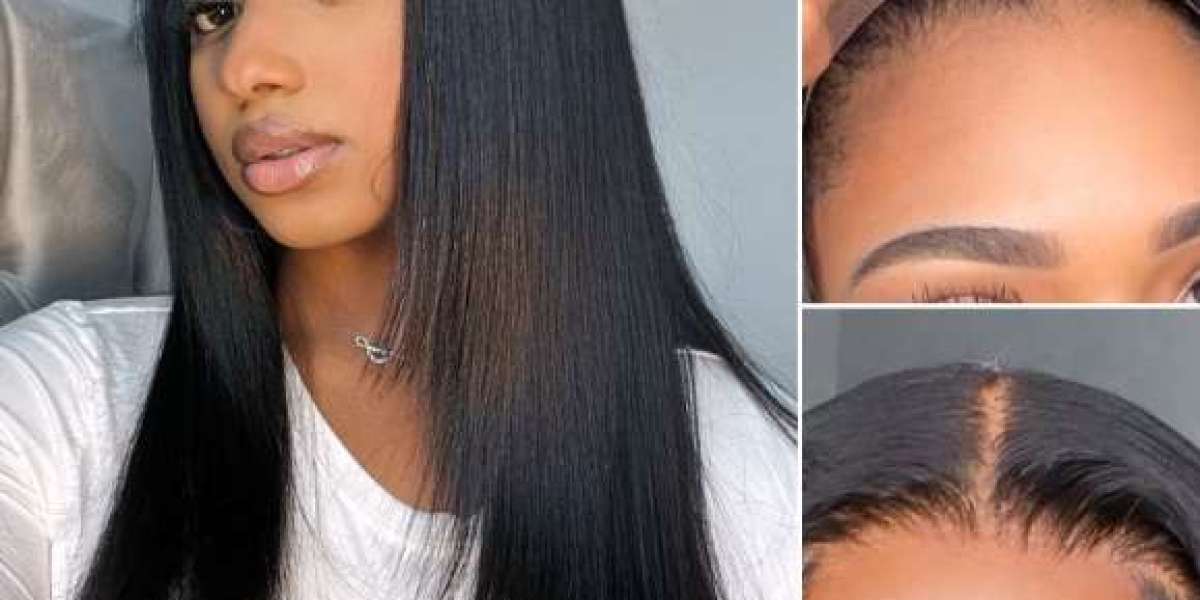The mistake of getting dye on your skin instead of just your hair is a common one that occurs when dyeing your hair. When you get color on skin that you do not want dyed, it can be very frustrating. This can happen for a variety of reasons, including unsuccessful touch-ups along the hairline, dye that runs down your neck, or staining on your hands as a result of handling the dye formulas. The good news is that you can typically remove unwanted dye stains by using the appropriate removal methods that are tailored to your skin specifically and the type of dye. The following is a list of some of the most common causes of skin dye stains, as well as some reliable methods for removing them. Repairs to the Hairline and the Area Behind the Ears
It is difficult to touch up roots or gray hairs right at the hairline because it is easy for dye to creep onto the skin because of the hairline. Accidental dye stains are also a possibility on the thin skin that is located behind the ears. There is a good chance that the dye can be removed before it has even had a chance to fully develop on the skin if you notice that it is present in these areas shortly after application.
The stained skin should be washed as soon as possible with cool water and a mild cleanser in an effort to remove the color before it has a chance to set. It is most effective when applied to dyes that are semi-permanent or demi-permanent.
In order to create a paste, combine baking soda with a few drops of water and mix thoroughly. First, apply it liberally to the skin that is stained, and then wait fifteen to thirty minutes before rinsing it off. Because of its gentle abrasiveness, baking soda can be useful in removing fresh dye marks.
If you have stains that are difficult to remove after washing, you can try making a paste out of salt and lemon juice. Citric acid, which is found in lemons, promotes the breakdown of pigments. Allow to sit for ten to fifteen minutes before rinsing clean.
-! To remove fresh stains, you can try using hydrogen peroxide as a last resort. To use hydrogen peroxide, dip a cotton ball in 3% hydrogen peroxide and then dab it directly on the dye marks. In order to lighten the pigment, the peroxide is effective. After a few minutes, take a thorough rinse.
Despite the fact that gloves are worn, the application of dye can occasionally leave stains on the fingers, cuticles, or nails. The key to removing it from hands easily is to catch it as soon as possible.
When it comes to removing stains from hands and nails, a nail polish remover that contains acetone is able to quickly dissolve dye stains that are either semi-permanent or demi-permanent. Cotton balls should be soaked in remover and then applied directly to the marks.
-! To treat the hands, citrus juices such as lemon or lime are also effective. After ten minutes, rinse the stains after rubbing the juice directly onto them.
The transfer of hair dye and the creeping down of the neck
It is inevitable that some of the dye from Virginhairbuy
com will transfer onto the neck, even if the application is done with great care
This may occur as a result of wet hair resting on the skin after the dyeing process or as a result of the color gradually bleeding down onto the neck over time
It is necessary to employ more aggressive stain removal strategies when dealing with color transfers onto the neck
Create a paste with hydrogen peroxide cream (the more concentrated the cream, the better), and apply it liberally to the skin that has been stained. Allow to sit for at least twenty minutes before removing with water. The peroxide contributes to the dissolution of pigmented bonds.
A cotton ball that has been dipped in white vinegar and then dabbed directly onto stains can be used to prevent pink or red hair dye from leaking onto the neck. First, allow it to sit for ten to fifteen minutes before washing it off with soap and water.
Take a cotton ball and dab it with isopropyl or rubbing alcohol to remove stains that are extremely difficult to remove, such as those that are blue or purple. Over time and with repeated applications, the alcohol is able to effectively dissolve dyes that are resistant to removal.
-! As a last resort, you should discuss the possibility of using hydroquinone cream that requires a prescription with a dermatologist. In the case of pigment transfers that are extremely concentrated, this might be required. Perform a patch test before anything else.
Getting Hair Dye Out of Fabric for Removal
However, even though it is always a good idea to protect your clothes and towels with old rags or a smock when dying your hair, accidents can still occur. However, if the dye splatters or transfers onto the fabric:
When treating acetate, polyester, or nylon with vodka, a cotton ball should be used to apply the treatment. The alcohol is able to effectively absorb dye without causing any color runs to occur. Following application, thoroughly rinse the area.
To remove stains from towels, drapes, or light colors that have been stained with darker pigments, use a stain removing pen to spot treat problem areas before washing the fabrics. Look for pens that are designed specifically for red wine, blueberries, and other beverages.
-! Products that remove dyes should be considered as a last resort for removing set-in stains. You should look for cleaners that are enzymatic or based on oxygen that are designed to remove hair dye or other pigments from fabrics. At all times, conduct the test in a discrete location first.
Taking Precautions to Avoid Accidental Skin Stains
Before dying your hair, you should apply a thick barrier cream all around the hairline, behind the ears, and on the neck. Jelly made from petroleum is effective.
- While dyeing, make sure to wear gloves that are disposable and check for any leaks that may occur onto your hands.
Section the hair in a clean manner and work in small batches to prevent getting too much dye on your hands.
Before the dye drips onto the skin, use a towel to blot any excess dye from the hair.
After the processing time has passed, thoroughly shampoo the scalp in order to remove any remaining dye from the hair cuticles.
Before hair dye transfers have had a chance to fully set, it is typically possible to safely remove them from skin, nails, and a variety of fabrics if the treatment is administered promptly and the appropriate stain-removing ingredients are used. Be thorough, avoid scrubbing too vigorously, and seek medical attention if the marks have not been removed. Even though prevention is the best course of action, mistakes can still occur; therefore, it is important to be well-prepared with effective dye removal methods.







